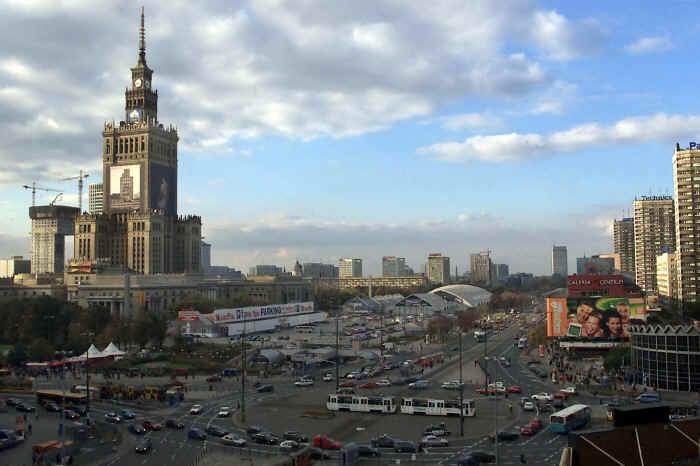In the span of just 25 years, Poland has remarkably transformed from a post-communist state to a thriving market economy, showcasing a story of resilience, strategic economic planning, and growth. This journey, characterized by substantial reforms, educational advancement, and an influx of foreign investment, offers valuable insights for businesses and individuals alike.
From Planned Economy to Market Dynamism The late 1990s and early 2000s marked a critical turning point for Poland. Moving away from its centrally planned roots, the nation embraced market-oriented policies, including the privatization of state enterprises and fostering an environment conducive to private sector growth. This transition was significantly bolstered by Poland’s EU accession in 2004, which catalyzed trade, attracted investments, and facilitated infrastructural upgrades, integrating the nation more deeply into the European economy.
Poland’s economic landscape over the past two decades is a narrative of continuous growth and exceptional resilience. The nation notably stood firm during the 2008-2009 financial crisis, avoiding recession due to its robust banking sector and proactive fiscal strategies. This period saw Poland’s GDP burgeon, a clear indicator of its escalating economic health. The strategic geographic location of Poland, combined with a skilled and cost-effective workforce, has been instrumental in drawing substantial foreign direct investments, particularly in sectors like manufacturing and technology.
The entrepreneurial landscape in Poland has been thriving, marked by the rise of SMEs, especially in the technology sector. Polish entrepreneurs, backed by government incentives and global market aspirations, have been pivotal in driving innovation and economic diversification. Parallel to this entrepreneurial surge, Poland has placed a strong emphasis on education. The nation prides itself on a well-educated population, with a focus on STEM education and vocational training. This emphasis on learning and skill development has been crucial in aligning the workforce with the evolving demands of a modern economy.
Recent years have witnessed Poland attracting major investments from global giants. Intel’s investment of PLN 20 billion (approx. USD 4.8 billion) in a semiconductor facility near Wroclaw and LG Energy Solution’s substantial input into an electric car battery plant are prime examples. Similarly, tech behemoths like Microsoft and Google have made significant investments in Poland, establishing data centers and expanding their operational bases. These investments not only underscore global confidence in Poland’s economy but also signal the nation’s growing significance in the tech and manufacturing sectors.
Poland’s economic advancement has been mirrored in the quality of life of its citizens, with the country ranking high in Eurostat’s quality of life indicators. Looking forward, Poland faces challenges like demographic shifts and the need for sustainable energy solutions. Nonetheless, the country’s commitment to technological investment, nurturing its startup ecosystem, and continuous infrastructural development paint a promising picture for the future.
The economic evolution of Poland over the last quarter-century paints a picture of a nation that has not only adapted to change but has thrived on it. For businesses and individuals eyeing Poland as a potential base, the country offers a landscape ripe with opportunities and growth potential. As Poland strides into its next economic chapter, it stands as a beacon of opportunity and resilience in Europe.


